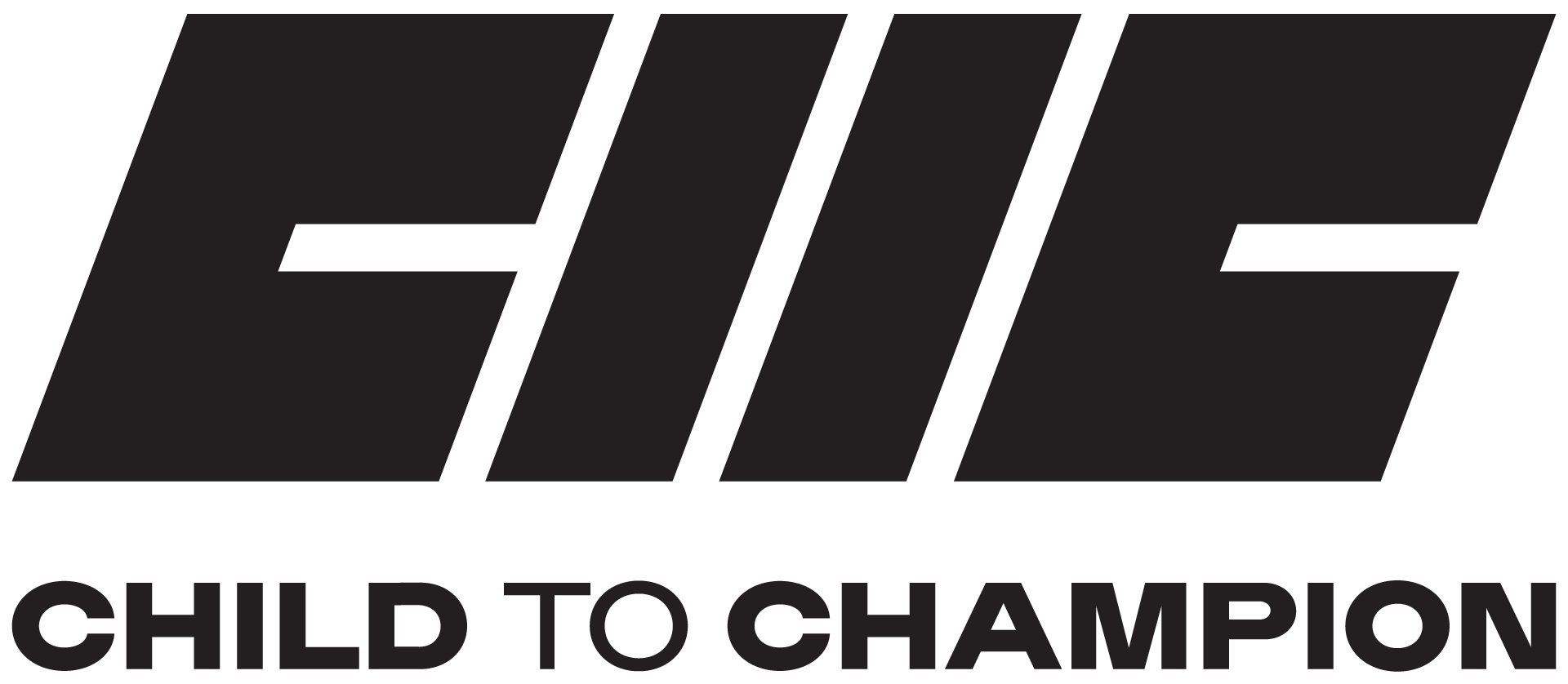Are you a someone who still believes weights and training are bad for the growth of children? I am debunking the myth below.
The current dogma in society is that weight training and intensive training impacts negatively on the growth and stature of youth athletes. Below is a summary of why that is false information and also an insight into the correct beliefs and methods of youth training. So where has the information come from? Between 1950 and 1990 there has been a huge development in the performance of gymnastics at an elite level, a series of studies looked into the stature of gymnasts across this period. The studies were merely observational, looking at elite gymnastics over the years they saw that the average age of world championship gymnasts had increased from 13 to 16 years between 1987 and 1997. However, the average weight (43-45kg) and height (152-154cm) had remained the same. They concluded this must have been due to the intense training of the athletes stunting the growth.
Over time the difficulty and complexity of tumbles and routines in gymnastics have increased. Therefore, shorter athletes will be able to rotate quicker in the air, have a lower centre of mass on the beam and so forth, therefore being more suitable to the sport. So over time an athlete who reaches the elite level will one who is likely to have shorter parents or naturally goes through puberty later and will remain shorter for longer throughout their youth and generally is the most suited to the demands of the sport. Rather than the demands of the sport manipulating the athlete through intense training regimes. In 2013 a large review (Titled: Role of Intensive Training in the Growth and Maturation of Artistic Gymnasts) looked into all available research on gymnastic training. Looking into a multitude of factors including skeletal bone growth, hormones, changes in stature between dropouts and non-dropouts and average height found there was zero association between training regime and bone growth and forecasted adult height is not compromised by training throughout puberty.
If your child goes to a gym to lift weights and get stronger (preferably under the supervision of someone instructing correct technique) they will be squatting and lifting weights below and after a few months slightly above their body weight (approximately 40-70kg). In a recent study, I have been measuring youth athletes force production when jumping up from a standing position. Upon landing some athletes who weighed 50kg had 200kg of forces going through their body, bearing in mind this is a jump from the floor and they are landing from around 30cm in the air. If we move over to your local climbing frame and they are on the monkey bars and let go, the impact through the ground will be in the region of 300-500kg. At no point in a gym will a child be putting close to that much stress through the body. Therefore there should be no issues with youth training (if they are receiving correct instruction to perform lifts correctly).
So with this in mind how should we approach youth training?
It is well documented that youth athletes should avoid specialising in one particular sport too early in their lives, this is because a variety of sports will help develop a broader spectrum of motor patterning abilities, will help improve social interaction and prevents burnout through training one particular discipline continuously. Contrary to popular belief specialising in a specific sport from an early age did not result in a significantly greater number of athletes participating at a higher standard than those who chose to specialise after puberty. Perhaps due to the increased ability to transfer skills and rely on experiences gained from other disciplines.
It is imperative that young children are exposed to sport or even games based around fundamental movement skills such as: running, throwing, catching, changing direction, jumping and landing. Those not exposed to sport in the early years may not develop fundamental movement skills and motor patterns. If an adult then decides to jump straight into a sport with minimal understanding of basic sporting movements they can risk injury. Worse still, those who are not exposed to activity when young are at a much greater risk of lifelong obesity. So if it is so important to get youths into activity the coaches need to ensure it is enjoyable and engaging, enjoyment is the number 1 factor in youth sport, enjoyment at a young level will hugely influence their mind and their perception of sport. Resulting in a lifetime of activity.
Second to enjoyment is making sure they are getting suitable development, a structured program by a decent coach will harness vast improvements in youths. Pre and early pubertal youths are twice as good at picking up skills and motor patterns than adolescents learning the same skills. Therefore, ensuring they receive good coaching from a young age will massively help in their development.
Hopefully, this has cleared the air and provided some information to you. I’m more than happy to engage in any discussion via my Instagram which is @mikenurq
#block-a773e112171491f9f40d {
}
About The Author
Mike is originally from Cheshire. He achieved his Bachelors from Bangor University where he conducted research on heat stress and endurance exercise, following this he studied a Masters in Strength and Conditioning at Middlesex University and currently works for Project MVP. He has previously done fitness testing across the country at most Premier League football academies and in the hunt for future Olympians. Mike is also the Scholarship-Academy Strength and Conditioning Coach at London Broncos Rugby League. In his downtime, he enjoys Olympic Weightlifting, Golf, Sailing and Road Cycling.
#block-yui_3_17_2_1_1581333892326_4587 {
}


